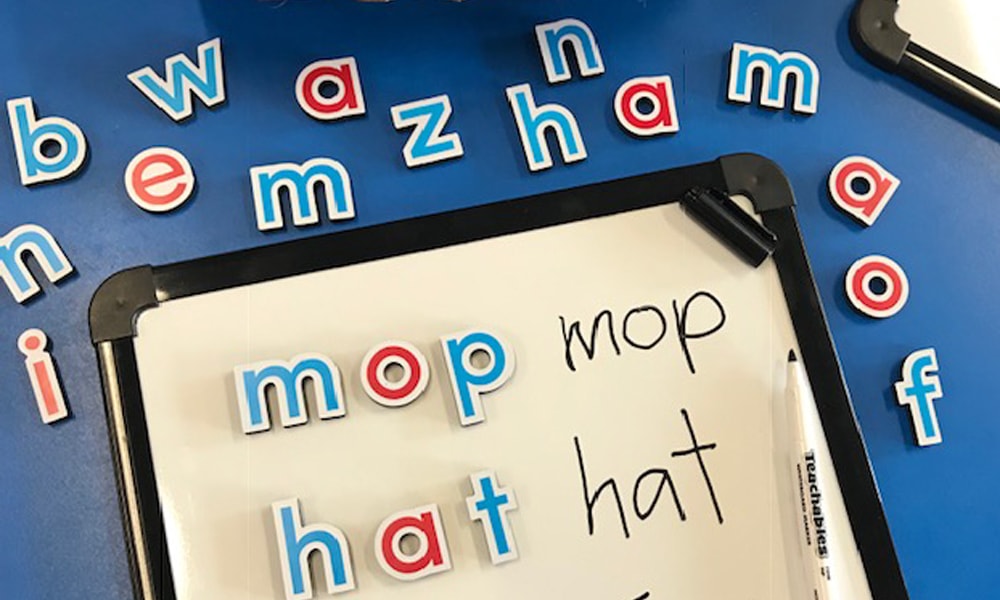Kids in the kitchen! 🌽🍳 Bringing play-based learning to life
Children learn best through play. It’s a vital part of early childhood that encourages children to learn, develop and grow whilst having fun. In The Early Years Learning Framework, play-based learning is a central focus, and emphasises the intentional role of educators in enriching learning. (EYLF practice: Play-based learning and intentionality).
Bringing a kitchen corner to life in your centre creates a stage for pretend play, role play and open-ended play that encourages imagination, language development, social interactions, sharing, as well as a sense of belonging and identity. A wonderful pretend play space allows educators to achieve outcomes such as: ‘Children are confident and involved learners; Children are connected with and contribute to their world’. So what are we waiting for? Time to whip up the ultimate indoor kitchen play space. 🍳
Hot trends to look for in kitchen sets
Trend: the real deal!
They might be ‘pretend’, but the trend is for real-look play kitchens. This comes through in details such as soft close hinges, real tapware and contemporary materials. Love!!
Trend: open furnishings
Another trend is for open furnishings, allowing easy access to shelves and cooking play essentials! We love this, as it creates a visual feast that inspires play easily.
Trend: modular
Versatility is king with these new play spaces. Modular elements you can build and shape how you like to accommodate your space and move around to keep things fresh!
Our top dream (play) kitchens…
Coastal & cool
This new Norwegia Spaces Coastal Kitchen Island & Bench Set has breezy fresh vibes for days. It leans into the trends with real taps and versatile kit elements (that also complement the Natural Spaces and other Norwegia Spaces ranges). Shop the set or the Bench and Island separately.

Urban & awesome
Urban chic, early childhood-style! This new Norwegia Spaces Urban Kitchen Island & Bench Set embraces the industrial look with its modern materials, black & white look and clean lines. Shop the set or the Bench and Island separately.
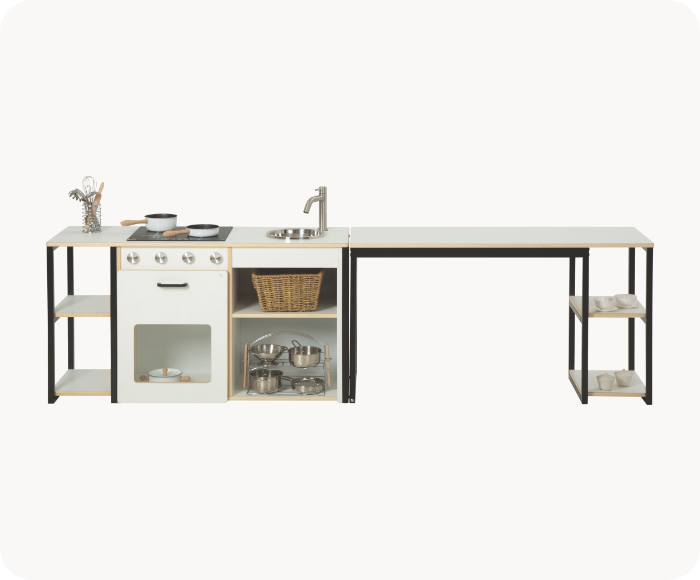
Flexible & fun
The Natural Spaces Open Play Kitchen Set of 4 is so versatile. We adore the open furnishings and modular aspect of this set that has a beautiful natural aesthetic! The set includes a kitchen bench, stove, sink and cupboard. Move them around however you like to inspire play!

Take a peek at the whole range: Kitchen & Home Corner Furniture
Let’s get cooking!
Now it’s time to stock up the cupboards and cook up some fun learning! We’ve handpicked 10 colourful food, health and nutrition sets to invite role play, conversation, open-ended play and group activities.
1: Multicultural on the menu

Teach little ones respect for diversity and cultural responsiveness through role play & discussion with the Multicultural Food Set. It includes a Chinese Food Set, Japanese Food Set and Italian Food Set. Each set features food, plates, condiments and a menu. Each play food set is also available separately.
2: Tuck into bush tucker
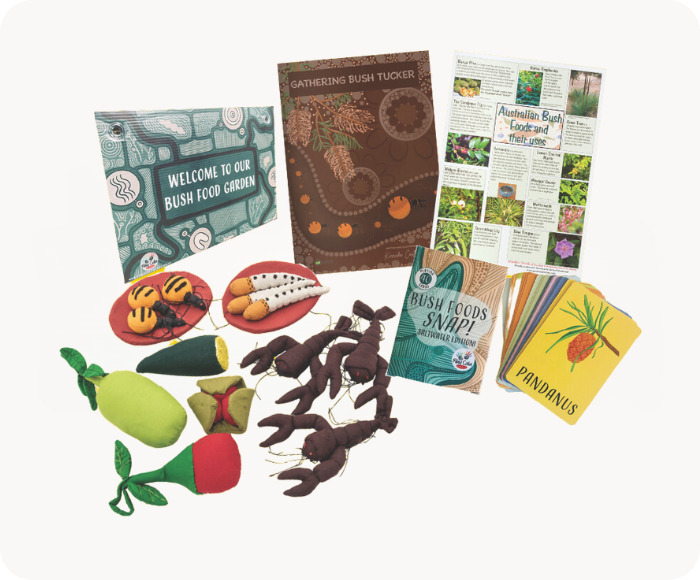
Play snap, read, prepare a pretend meal and chat about Aboriginal & Torres Strait Islander perspectives with this new Bush Food Kit. It’s focused on learning about traditional Aboriginal bush food in a tangible and fun way, encouraging role play while opening conversations about First Nations People and their culture.
3: Teach about food allergies
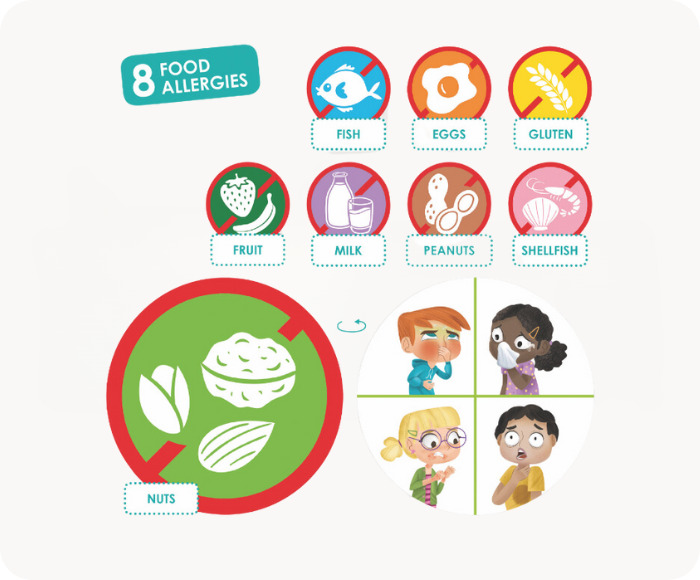
Help the little ones in your care learn about Food Allergies & Intolerances with this engaging card game. There are eight cards with food intolerances, 45 food cards, ambulance cards and more.
4: Food bingo!
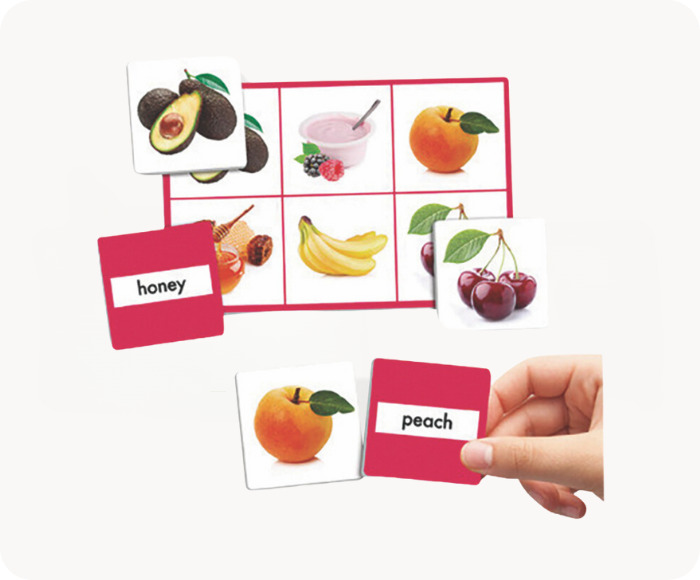
For early literacy skills, association skills and critical thinking, you’ll love having a pack of Bingo (with 72 food items) in your kitchen corner. Each tile has an image on one side and a name on the other, so that children can practise learning associations with visual and verbal cues. There are flexible play options to suit children of various ages and abilities – match picture to picture; or word to picture.
5: Match or sort the fruit & veggies

This new Fruit & Vegetable Match set lets little ones play and learn at the same time. There are 28 colour-printed wooden tiles, perfectly sized for small hands. Match the pairs, play a memory game or use the tiles to practise sorting food items: fruit vs veg; various colours; sweet vs sour vs savoury; seeds vs no seeds… it’s up to you!
6: Learn about the food groups

Potatoes, eggs or sour grapes?! Learn about food groups in a fun way with The Food Group Book Pack. This bestselling picture book series serves up a plate full of laughs, adventures and lessons with empowering and charming stories. There are seven books… from The Couch Potato to The Smart Cookie to The Big Cheese!
7: What’s for breakfast?
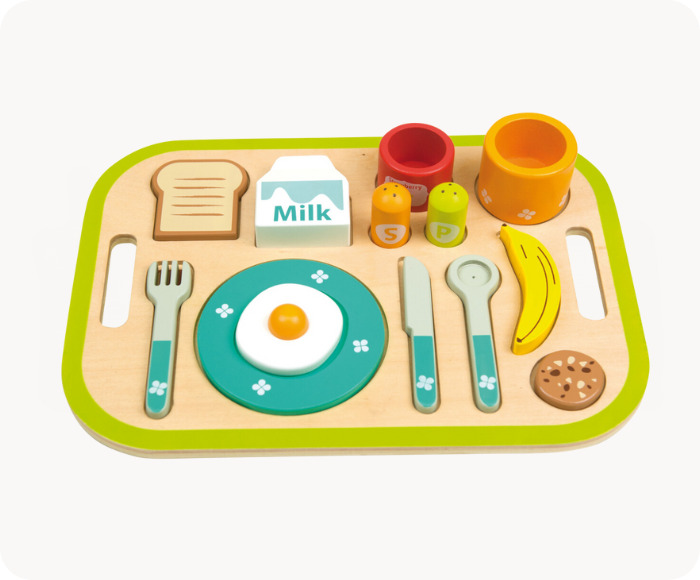
Get puzzling and prepare a yummy meal with My Breakfast Tray. This new tray from Andreu Toys will be so popular in your kitchen corner for pretend play. (Andreu Toys are committed to inclusive education, with a clear intention of promoting diversity). The wooden tray is served up with all its accessories, including toast, fried egg and more. Did someone say yum?
8: Chop! Chop! Let’s hone those fine motor skills!

With the Joseph Joseph Chopping Board Set, chop away with this licensed replica of Joseph Joseph’s colourful Chop2Pot folding chopping board. This fun set includes a safe-to-use Elevate knife and four pieces of ‘choppable’ food. It uses ChopPop™️ play food technology for safe play with no hook & loop fastenings or magnets in sight!
9: Cake & coffee… let’s brew this!
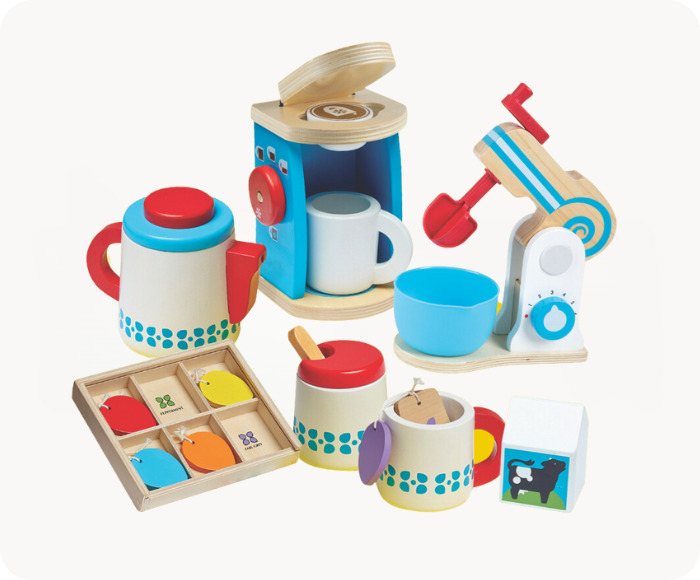
With a cake mixer, tea set and coffee set in Melissa & Doug’s Wooden Appliances Sets, you can mix it up or cook up some mud pies! Melissa & Doug’s hand-crafted designs use durable wood and other specialist materials that are popular with educators and children alike.
10: Wrap your food & nutrition learning up in a bow
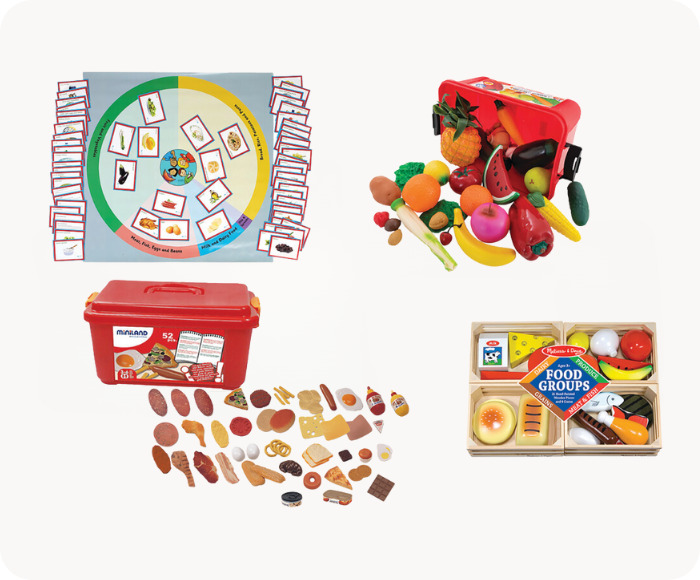
Get the cupboards ready! Our Nutrition Curriculum Kit will help you stock up on all the pretend play food you could need! You can also teach students about healthy eating in a hands-on way. There’s a huge set of play food that includes meat, breads, poultry, dairy, sweets and condiments. There’s a 36-piece container of fruits and vegetables, plus a wooden play food crate featuring the five food groups. The kit also includes a floor mat showing the healthy eating plate, with food cards and teacher notes. It’s such a valuable resource to teach about nutrition!
Head here to see even more Play Foods & Shopping ideas, Play Kitchen Accessories and Food & Nutrition activities.
Key food, nutrition & health dates for your calendar
We know your little learners will use their play kitchen every day, but these annual days are a perfect time to delve deeper into the world of kitchens, health, nutrition and food!
🥕 National Eat Your Veggies Day – 17 June
🍓 National Nutrition Week – 16-23 October
🥑 International Chef’s Day – 20 October
🍇 More fun food days this year
We can’t wait to hear how you create your play kitchen corner!
For more inspo, check out our Brilliant Learning Spaces booklet


